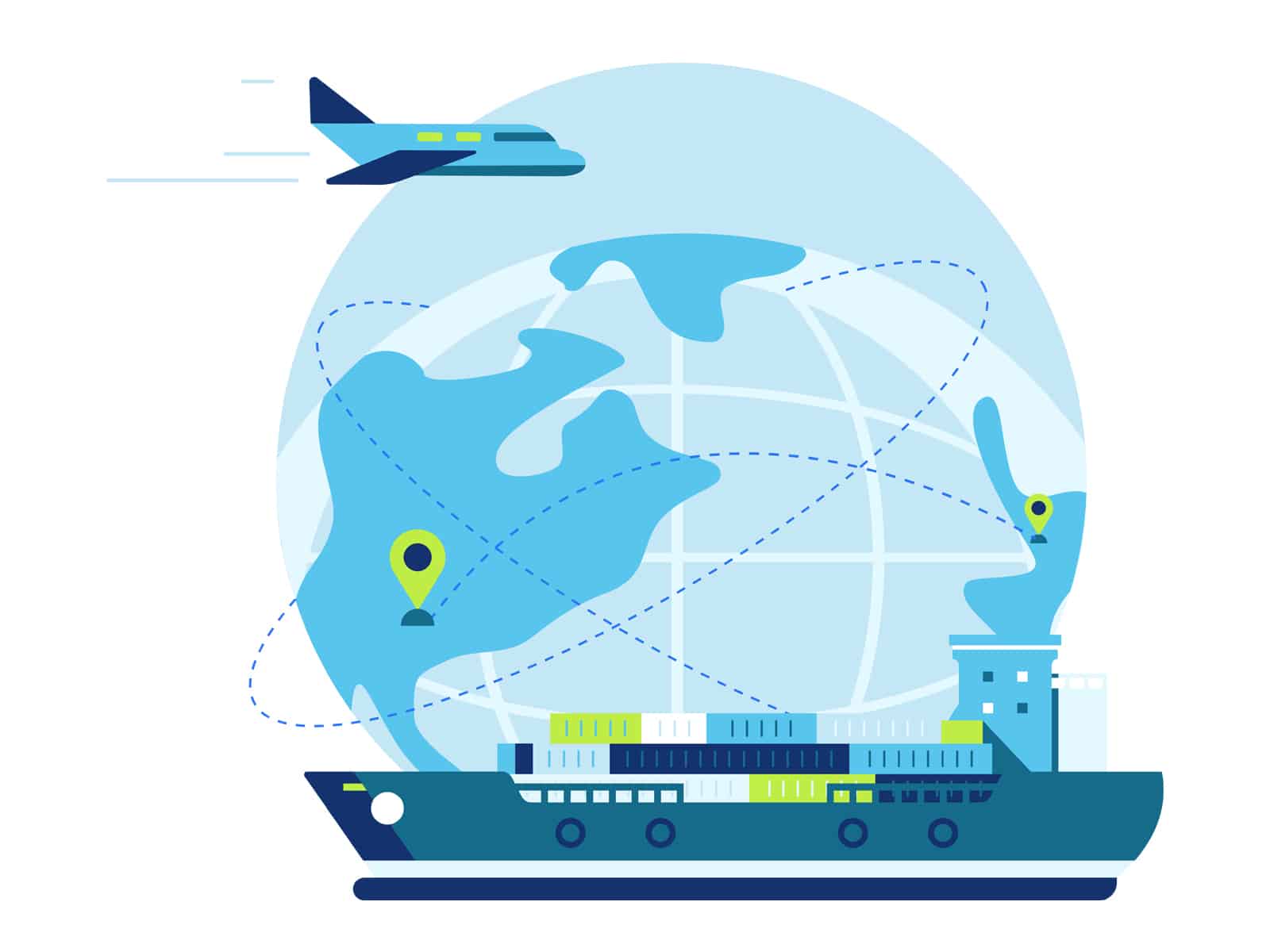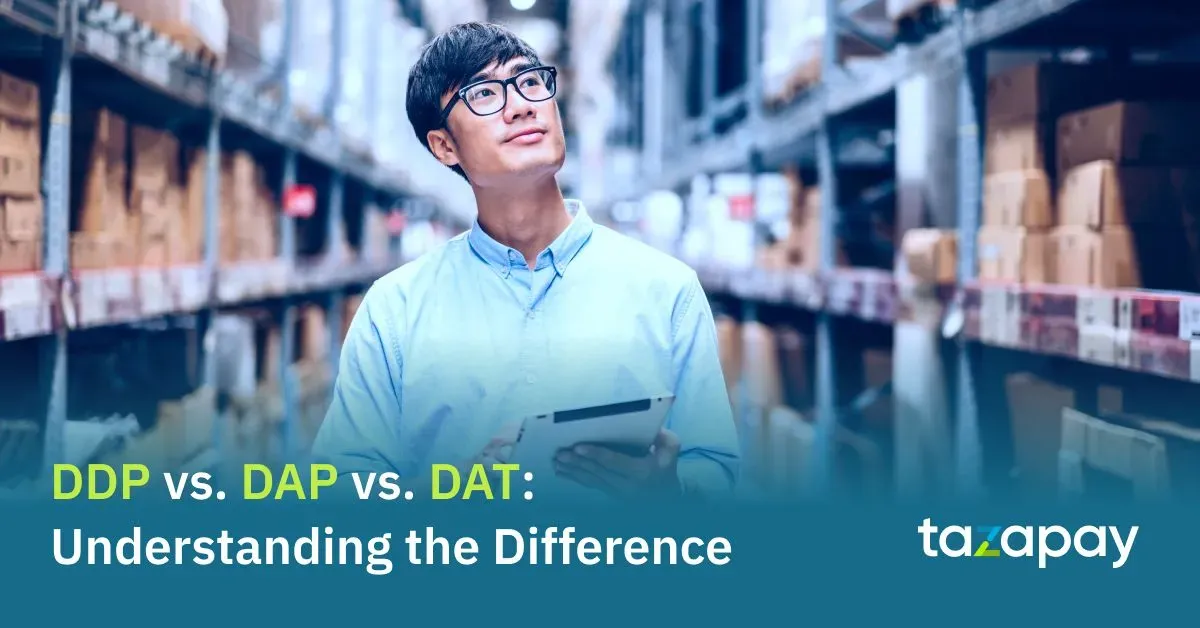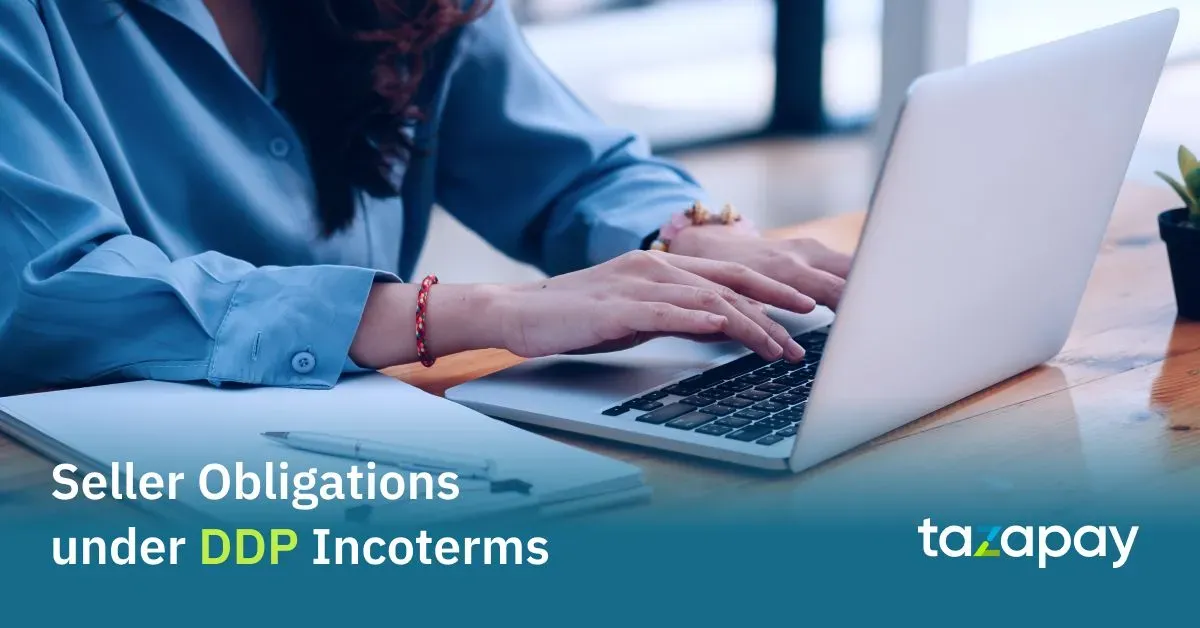- Home
Blog Blog
Customs & Incoterms Customs & Incoterms
Incoterms: Shedding Light on Delivered-At-Place (DAP)
Incoterms: Shedding Light on Delivered-At-Place (DAP)

A Delivered-At-Place incoterm requires the seller to deliver to a place named by a buyer, typically the buyer’s premises. The buyer is responsible for unloading the means of transport. The seller has to carry out any export formalities and the buyer has to carry out any import formalities. Like with CPT and CIP the seller contracts for carriage and risk transfers only upon delivery which now is at the buyer’s premises. The seller has no obligation to the buyer to insure for its risk. This rule works well for transport of goods by land within the Europe/Central Asia landmass but strikes potential problems once there is a change in mode of transport along the way.
DAP allows both the parties (seller and buyer) to agree on the locations where the goods will be transported from and to, along with its modes of transport. The seller is entrusted with the carriage responsibilities that include costs for dispatch and safe arrival of the goods at an agreed upon location. Here, the seller is responsible for all the risks involved while transporting the goods from one destination to another.
Courtesy of Tradefinanceglobal.com
The duties reverse as the goods reach the allocated destination. From here on, the buyer’s responsibilities stretch out. The buyer is responsible for unloading the cargo in the importing country. Any risks and costs related to this process will be dealt with by the buyer.
The Responsibilities of a Seller in DAP?
According to the revised rules of DAP published in 2020 by the International Chambers of Commerce, the seller’s liability ends when the goods reach the buyer without any fault or damage. The seller will be responsible for dispatching the goods safely from the location allocated for export. They will also manage the logistics and carriage proceedings to the designated location selected by the importer.
There are certain costs that the seller needs to pay for a safe departure of the goods. The costs include charges for transporting the goods to the first destination, customs clearing charges, documentation charges, etc.
Freight Charges
The seller needs to pay the freight for DAP to ensure the goods reach the first shipping area without any damage. All types of transportation are allowed in DAP such as rail, road, ship, or air transport, thereby, making it the seller’s responsibility to handle the goods with the utmost surveillance.
Insurance Fees
The seller ensures the safety of the goods that are to be dispatched. However, this decision to get insurance is based on a mutual agreement between the buyer and the seller. When agreed, the goods if damaged before reaching the buyer, would be covered under the insurance borne by the seller.
Customs Clearance and Duty Fees
The seller is responsible for all the documentation such as commercial invoice, bill of lading, packing list, insurance certificate, among the other documents. While opting for DAP, carrying out supplier due diligence becomes vital, as many sellers do not carry out their responsibilities efficiently.
How Are the Buyer’s Responsibilities Different From The Seller’s?
The buyer is in charge of unloading the goods at the importing country’s railway station, airport, warehouse, or port. From this point, the buyer will pay for transporting the goods to their warehouse without any damage.
The buyer has to pay the customs charges for importing goods, charges for unloading the cargo, and charges for transporting the goods to a warehouse.
Freight Charges
The seller has paid for the carriage, therefore, the buyer only needs to pay the charges on import customs and the transportation of goods to their warehouse.
Insurance Fees
The buyer need not be concerned about any insurance fees, as it will be the seller’s responsibility to ensure that the goods safely reach the importer’s destination.
Customs Clearance and Duty Fees
DAP states that the buyer will be responsible for all the customs formalities of importing the goods to their country. Hence, the documents provided as evidence by the exporter should be acknowledged by the importer.
Delivered at Place Incoterms 2020 Rule – Key Changes & Updates
For example, if the shipment is by air and requires import clearance formalities in the destination country these must be carried out by the buyer while the goods sit at the airport. Once cleared the seller’s carrier (typically a freight forwarder) must then be given whatever paperwork they require to move the cargo from the airport to its final destination. The same situation exists for cross-ocean container shipments with the added complication that the empty container must be returned by the seller at its own expense.
It should be noted too that the buyer should not be the consignee on any air waybill or bill of lading, that should be the seller who has to arrange for its forwarder to take possession of the goods from the airline or shipping company and arrange local inland transport typically by truck.
If the goods are damaged or lost at any stage before the final destination then the seller will be unable to deliver and may well be in breach of contract, with the additional complication that the buyer will have already paid import duty and VAT/GST. If the buyer is unable to import clear the goods expeditiously then it might find that it bears the risk while the goods sit in customs control and is itself in breach of contract if the seller cannot deliver as contracted.
When can a DAP Agreement be used?
The Delivered-At-Place agreement offers options that can significantly benefit both parties. This is the reason both the seller and the buyer are ready to sign this agreement, an incoterm that is considerate towards the supply chain.
For new importers, the risks and obligations might maximize in DAP, but they need to be prepared for paying the exorbitant charges. DAP may prove to be a viable option for experienced buyers who are keen to increase their cash flow if the sellers are willing to consider it.
However, many fraud cases have come to light over the years and all the sellers cannot be easily trusted by the buyers. Therefore, running a background check on the seller is necessary. Platforms like Omoney offer different vendor vetting procedures, with tools for verifying trade partners with just one click.
Category

Customs & Incoterms
Incoterms: Shedding Light on Delivered-At-Place (DAP)
Related Articles

DDP vs. DAP vs. DAT: Understanding the Difference

2010 vs. 2020: What Has Changed in Incoterms






